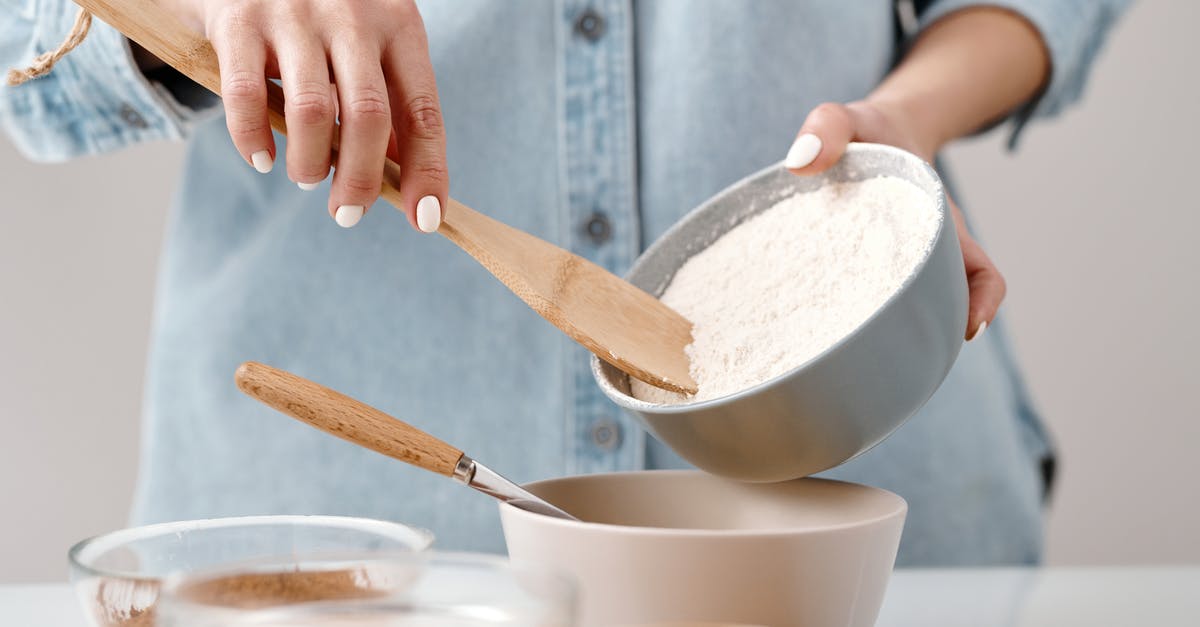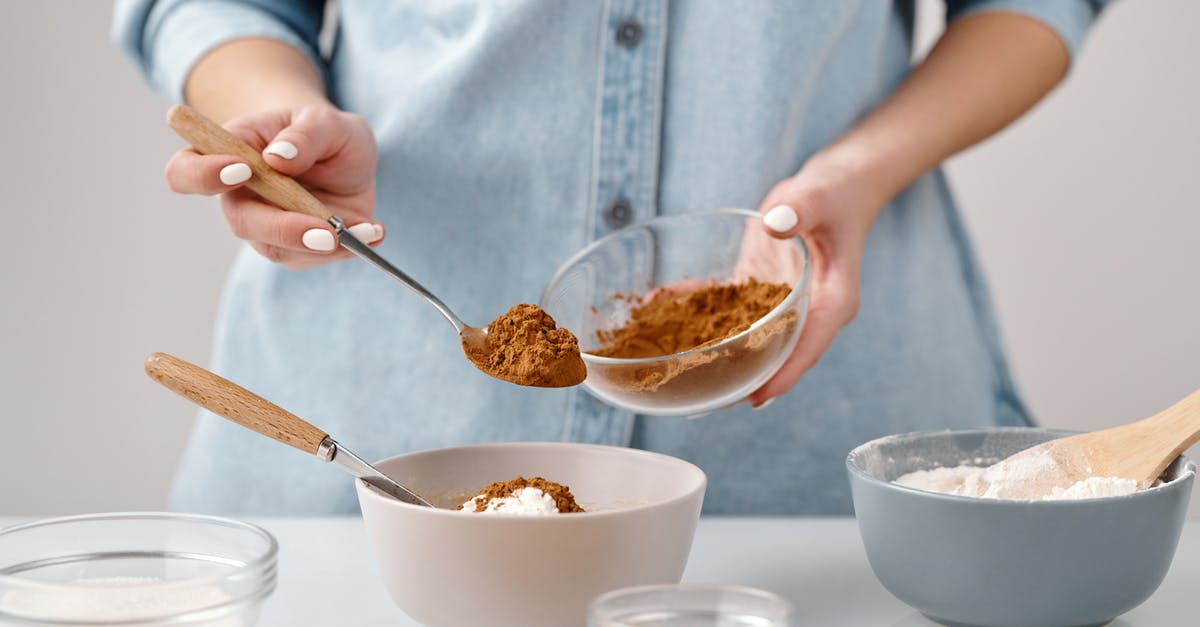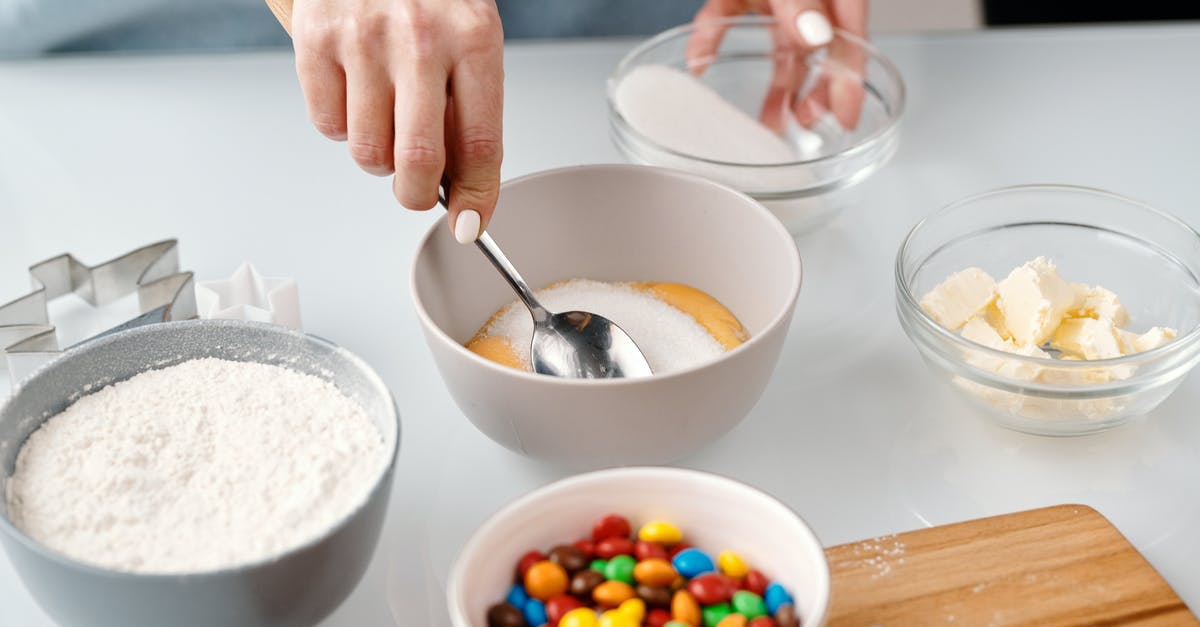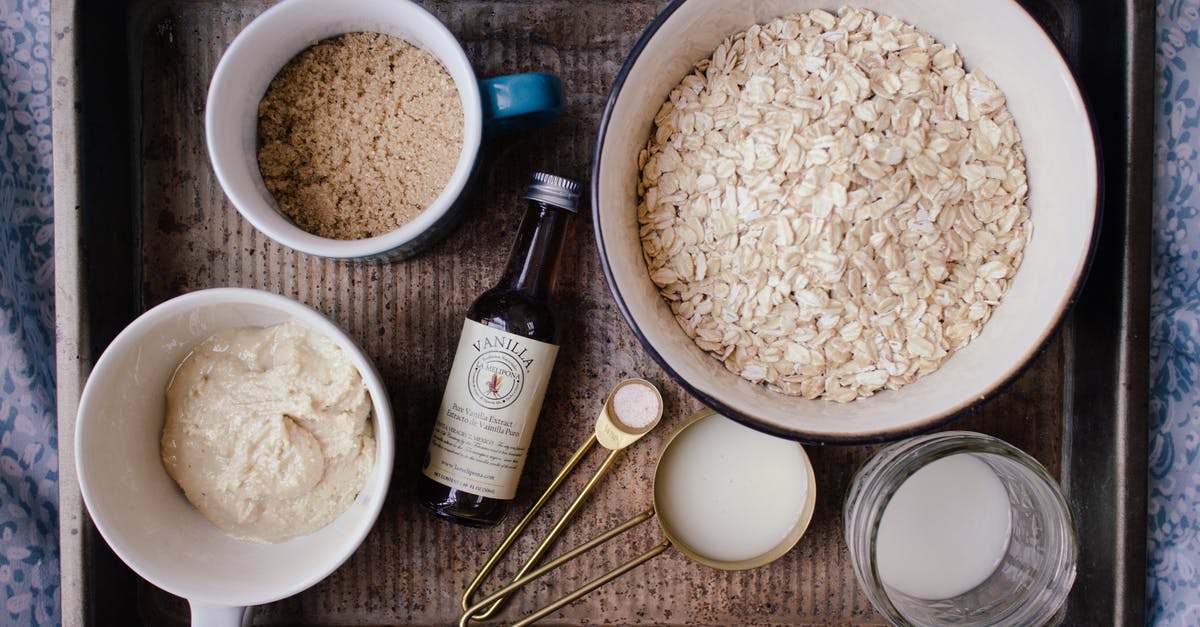Adding baking powder as a final step

Being someone that bakes infrequently I prefer to have plain flour on hand and add baking powder rather than purchase self-raising flour. Something I've noticed recently by experimentation and further research is that the faster I work the more success I've have with the rising process. The following question and answer explains that perfectly because I've confirmed my baking powder is double-acting:
Will double-action baking powder lose potency if not baked immediately?
Most baking recipes seem to specify preparing the dry and wet ingredients seperately and combining as the final step. I wondered in cases where that is somewhat time consuming or I am preparing other dishes in parallel if there would be any merit in mixing through the baking powder last? It seems like a reasonable approach to me but I've seen reputable recipes that recommend the wet / dry approach even when baking power is listed as a seperate ingredient.
Best Answer
The main problem with adding the baking powder last would be getting it evenly incorporated throughout the dough or batter.
In the traditional methods where it is in the dry ingredients, it can be sifted or whisked evenly throughout the dry mixture which facilitates having it evenly distributed in the final batter.
If you tried adding the powder to a batter that was prepared except for it, even sprinkling it across the surface, it would be more difficult to evenly distribute throughout the entire batter. Also, you would then have to mix or beat the batter again to distribute the baking powder, which would develop additional gluten and lead to a tougher end product.
Remember, baking powder requires liquid in order to react (in dry form, the acid and sodium bicarbonate don't interact with each other). When you think about it, in the major baking methods where baking powder is used, the baking powder is activated as late as possible right before baking—the wet and dry parts of the batter don't meet up until the last step:
Muffin method. The wet and dry ingredients are mixed separately, and can be held. They are combined, mixed gently, then portioned into molds or pans and baked immediately.
Creaming method, common for cakes. Typically, the ingredients will be divided into the three groups: an emulsification of creamed butter and sugar, eggs, and perhaps vanilla; a liquid ingredient or mixture (such as sour cream or milk), and the dry flour mixture. Each of these stages again can be set up in advance. They are combined (usually alternating the liquid and dry in two or three stages to maintain the butter/liquid emulsion and to minimize lumping) as the last step in developing the batter.
So even if you need to try to fit baking in with other preparations, you can stage your prep, up to the final combination at your leisure.
If I want muffins for a brunch party (or cornbread on Thanksgiving, when my oven is scheduled down to the minute), I prepare a wet mix and a dry mix the night before (remember, wet mix in the fridge for safety). When I am ready to bake, I just mix the two together, scoop into the muffin tins, and bake.
Pictures about "Adding baking powder as a final step"



What happens if I add baking powder at the end?
So you will end up mixing more (once for the flour, once for the baking powder) and this could possibly result in overmixing and thus in a tough baked dish. Another reason why adding the baking powder at last is not as good as you'd think, is that the baking powder could clump together if you throw it in as it is.Can I add baking soda at the end?
It is suggested to add baking soda it at the very end, right before putting the batter in the oven in order to make the dish fluffy and soft. Baking soda has a highly bitter aftertaste and it makes the dish unpalatable if it gets added in excess to the dish.How do you add baking powder?
To avoid adding too much baking powder to your cakes, start with this rule of thumb: add 1 to 1+\xbc teaspoon baking powder (5 to 6.25 mL) for every 1 cup (125 grams or 250 mL) of all-purpose flour. In this classic vanilla cake with milk chocolate frosting, I use 2 teaspoon baking powder for 2 cups of flour (250 g).Can you add baking powder to batter?
The first reaction takes place when you add the baking powder to the batter and it is moistened. One of the acid salts reacts with the baking soda and produces carbon dioxide gas. The second reaction takes place when the batter is placed in the oven. The gas cells expand causing the batter to rise.What Are the Side Effects of Adding Too Much Baking Powder? : Desserts \u0026 Baking Tips
More answers regarding adding baking powder as a final step
Answer 2
If you mix in the baking powder as a final step, you will have already added the flour, right? So you will end up mixing more (once for the flour, once for the baking powder) and this could possibly result in overmixing and thus in a tough baked dish.
Another reason why adding the baking powder at last is not as good as you'd think, is that the baking powder could clump together if you throw it in as it is. If you premix it in with the flour, it will be distributed more evenly.
It is possible that your approach is indeed better for the baking powder itself (less contact with the moist ingredients). However, I think this difference is very small and would not make a real difference towards the leavening, if you work quickly.
Answer 3
I added baking powder to a small amount of additional meal with some water to make it more liquid than solid, then I poured it into/onto the dough and remixed everything together. Thus I had a brand new dough with the baking powder.
Answer 4
In Denmark we don't get self raising flour, so we always add it in the end - sort of. The basic cake procedure is to whip eggs and sugar, add and whip in butter, and then mix the dry things flour and baking powder in the most basic recipes, or flavours like cocoa powder.
I just add the flour on top of the egg/butter mixture, and then stir in the baking powder in the top part of the flour (so I only have one bowl to clean). Then we pour milk/coffee/rum whatever/fruit puree liquid on top and whip on slow speed until uniform. It always turns out perfectly fluffy for me this way.
Sources: Stack Exchange - This article follows the attribution requirements of Stack Exchange and is licensed under CC BY-SA 3.0.
Images: Nicole Michalou, Nicole Michalou, Nicole Michalou, Monserrat Soldú
